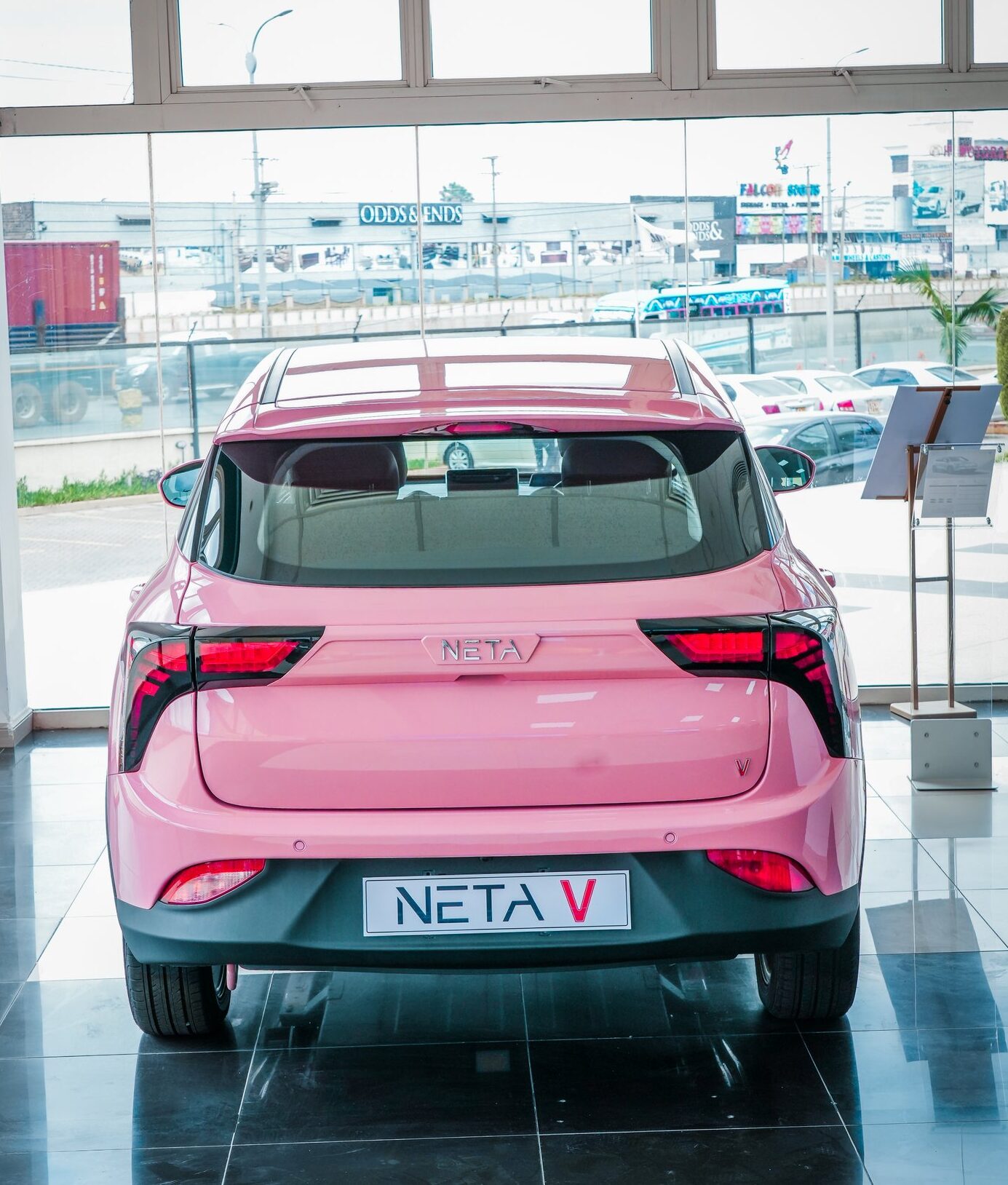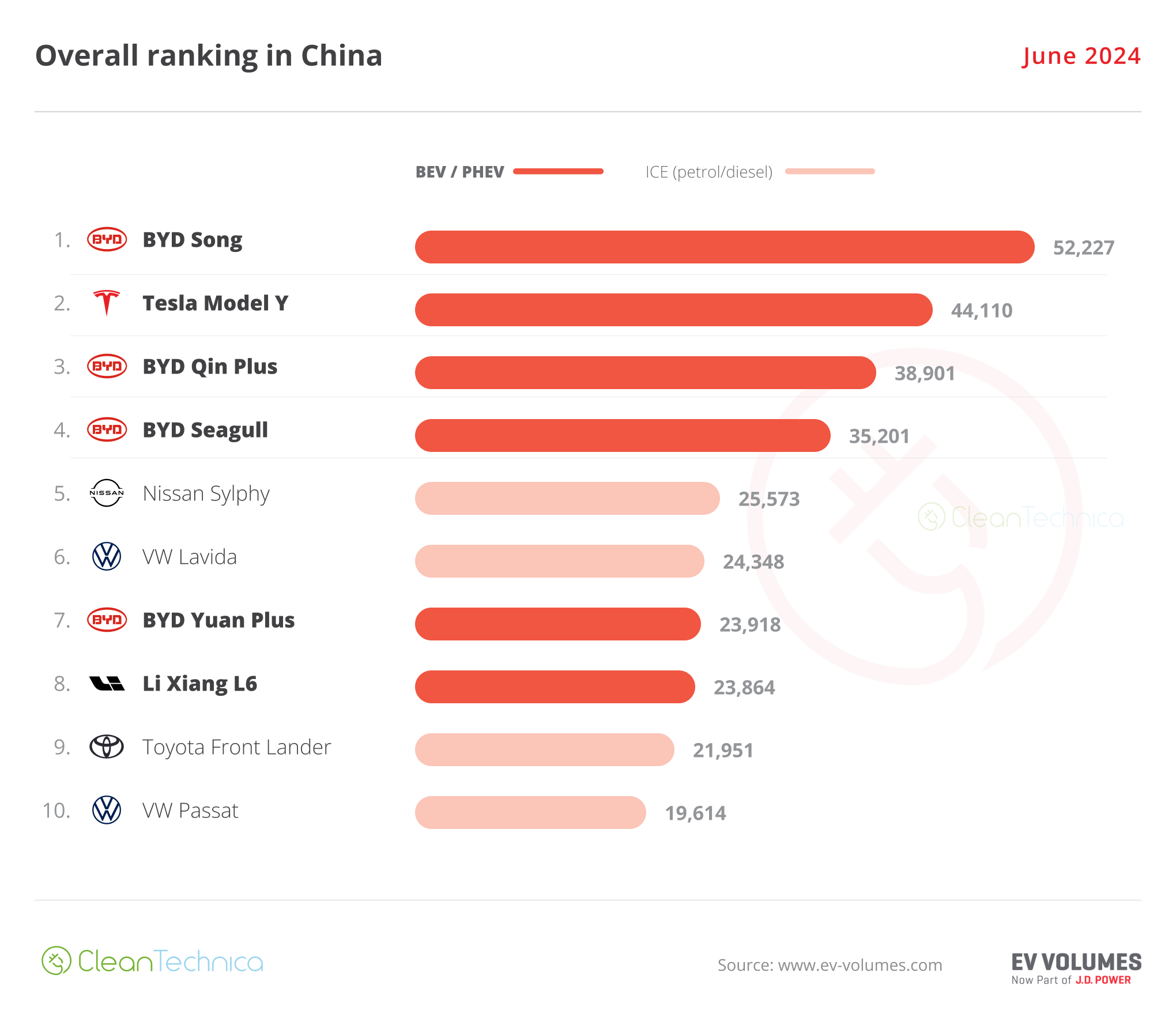Sign up for daily news updates from CleanTechnica on email. Or follow us on Google News!
Under the Tory government, “solar” was a dirty word in the UK. But now the Brits have finally awoken from their post-Brexit funk long enough to elect some actual adults to run the country. One of them is energy secretary Ed Miliband, who has lit a fire under the country’s renewable energy ambitions, particularly with regard to rooftop and grid-scale solar. Citing a story in The Observer, Carbon Brief reports that the newly elected Labour government with Keir Starmer as prime minister has plans for a “rooftop revolution” that will see millions more UK homes fitted with solar panels.
In addition, The Observer says Miliband has taken “the hugely controversial decision this weekend to approve three massive solar farms in the east of England that had been blocked by Tory ministers. The three sites alone — Gate Burton in Lincolnshire, Sunnica’s energy farm on the Suffolk–Cambridgeshire border, and Mallard Pass on the border between Lincolnshire and Rutland — will deliver about two thirds of the solar energy installed on rooftops and on the ground in the whole of last year.” Ministers are working with the building industry to make it easier to buy new homes with panels installed or install them on existing ones, The Observer says.
A Solar Revolution In The UK
“I want to unleash a UK solar rooftop revolution,” Miliband said. “We will encourage builders and homeowners in whatever way we can to deliver this win-win technology to millions of addresses in the UK so people can provide their own electricity, cut their bills, and at the same time help fight climate change.” The Press Association quotes the response from shadow energy secretary Claire Coutinho, who said: “It’s clear that Ed Miliband has more interest in listening to the demands of Just Stop Oil than the needs of rural communities, even going as far as to overrule an expert examining authority to impose a large scale solar farm in one case.”
Renews notes that “a decision on Sunnica had initially been due last September, but the call was delayed several times by [Coutinho], who also pushed back decision deadlines for Mallard Pass.” In other words, the former energy official is displeased with the current energy official and has learned absolutely nothing from the drubbing her party suffered at the hands of the voters recently.
BBC News reports that the Mallard Pass installation is a 2,000-acre project that will provide “enough clean energy to power some 92,000 homes.” Sunnica is a 2,500-acre solar farm that “could power 172,000 homes and create 1,500 jobs during construction, with 27 full-time jobs to run it.” The Sunday Telegraph and Daily Mail both have slanted their coverage to express concerns that solar panels on farmland could, to quote the Daily Mail, “endanger Britain’s food security.” The Sunday Telegraph quotes John Constable, without mentioning he is energy editor of the campaign arm of the climate-skeptic lobby group the Global Warming Policy Foundation. Constable says that “Food security matters. Why not let the land make good food rather than second or third rate electricity?”
Actually, such an idiotic statement from a know-nothing politician requires a response, beginning with the fact that there is no such thing as second or third rate electricity. Electrons are electrons, the only difference between one and another is how they are generated. In one case, massive clouds of carbon dioxide are the by-product of the generation process. In the other, no carbon dioxide is produced when sunlight strikes a solar panel. Carbon Brief itself points out rather caustically that golf courses in the UK occupy five times as much arable land as do ground-mounted solar installations.
Solar Versus Food Production
Bill McKibben penned an article about this topic on July 12 that demolishes the mindless hooey about food security and solar energy peddled by right-wing ideologues like Constable. McKibben traveled to the Boone County Family Diner in Poplar Grove, Illinois, to meet with Hal Sprague and Jon Carson of Trajectory Energy. Carson is a former official in the Obama administration who left the Beltway and returned to the Midwest to start developing rural solar projects. He is a fifth-generation farmer, among his other attributes. Across from the diner were 36 acres of solar panels.
About a third of the corn grown in Illinois is turned into ethanol, which is blended with gasoline supposedly to help lower exhaust emissions. “If you grow an acre of corn, it will produce 900 gallons of ethanol, which will get you about 25,000 miles for a Ford F-150 pickup,” says Carson. “But let’s say we put solar on that same acre. It will produce enough electricity every year to drive [a Ford F-150] Lightning 550,000 miles.”
Another way of saying this is that a photovoltaic panel is almost astonishingly efficient, McKibben says. “It is 20 times more efficient than the solar collector we call a corn plant. If that wasn’t true, then we’d be in even deeper trouble on an overheating world. But it is true, which makes it our best single hope for dealing with the climate crisis. Not because you need an F-150, but because that small patch of land can provide huge amounts of the energy we all use, without doing anything to raise the temperature. It’s farming the sun and producing a vast stream of electrons.”
Carson and Sprague and their colleagues have been developing these projects for some years now. “Solar comes in three brackets,” Carson explained. “There’s behind the meter — rooftop, for your home or business. And there’s utility scale. And then there’s community solar. We’re in the middle: 30 or 40 acres connected to the distribution grid. It allows people who can’t do rooftop solar on their home to participate.” In fact, under Illinois’ best in the nation community solar laws, it allows most people to cut their bills fairly significantly by subscribing to one of these community solar projects. Poor people get a deeper discount — the Land of Lincoln is trying not just to curb the rapid rise in temperature, but also the rapid rise in inequality, McKibben says.
It’s not happening without opposition. Across the Midwest, various groups have formed to try and block new renewable energy projects, often with at least some connection to the fossil fuel industry. Carson says that when their projects move to the zoning-permit stage, they hear four different arguments. “The village or city might think this land could get developed, that it could be housing,” which would pay more in property tax receipts. Which is true, if there’s a market for home building there. But if there isn’t — well, the Poplar Grove project we’re looking at paid about $400 in taxes to the town when it was farmland, and now it pays about $11,000 a year, so local officials often end up supportive.
Second are the “straight up NIMBYs,” he said. “Some of the worst are progressives. They always begin by saying ‘I’m a big supporter of renewables, but not here. I moved out from the city to look at corn,’” says Sprague, who has clearly heard this line too often. Increasingly, says Carson, they’re now seeing a third category he calls internet NIMBYs. “The other night at a hearing we had a lady reading straight off her phone from some website. ‘Solar panels will poison the groundwater.’”
The fourth objection is in some ways the hardest. “People say ‘we’re a food producing county. This is prime farmland.’” Which is true. Though, at the moment, it’s being used for gasoline, and animal feed, almost all of which is being exported. But that argument is likely to annoy more people than it convinces. ”It’s not an economic spreadsheet based discussion, it’s a cultural discussion,” Carson says.
The Takeaway
What is it about renewables that gets people so riled up? Don’t people understand yet that the climate is changing rapidly, that tipping points are being crossed, and that the very survival of hundreds of millions — if not billions — of people is at risk if we continue doing what we have always done? Solar power and wind power are fairly benign in the grand scheme of energy generation. What is it that terrifies people about renewables?
They don’t object to the millions of utility poles or fracking rigs cluttering up their precious landscape, so what can the explanation be? Could it be decades of disinformation by fossil fuel companies that have filled people’s heads with scary scenarios, none of them true? Is there nothing that will convince people that business as usual may well spell the end of the line for humans except for a handful of ultra-wealthy tech bros living in multi-million-dollar underground bunkers in New Zealand?
Here’s a news flash: The heads of those fossil fuel companies and those smug tech bros don’t care a flying fig leaf about you, your children, or your children’s children. On Maslow’s hierarchy of needs, they are about 5 levels below self actualization. We might feel pity for these soulless individuals, but there is absolutely no reason to let them ruin our lives so they can have more zeros in their bank accounts. Is that really worth destroying human civilization for? We need to awaken from our oil-soaked nightmare and face reality — while there’s still time.
Have a tip for CleanTechnica? Want to advertise? Want to suggest a guest for our CleanTech Talk podcast? Contact us here.
Latest CleanTechnica.TV Videos
CleanTechnica uses affiliate links. See our policy here.
CleanTechnica’s Comment Policy





